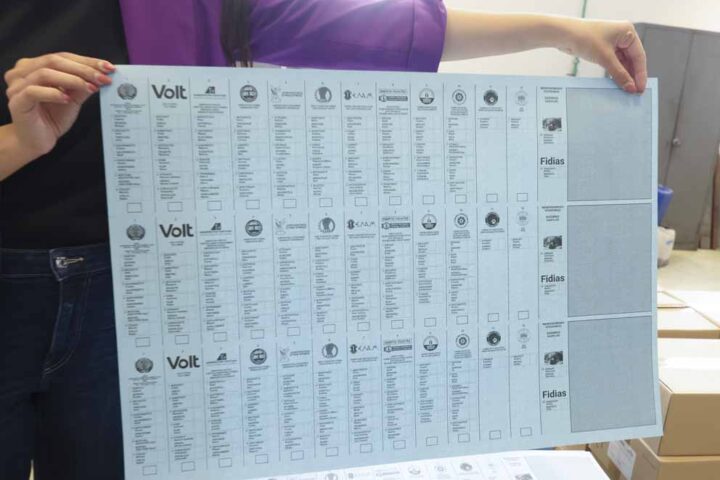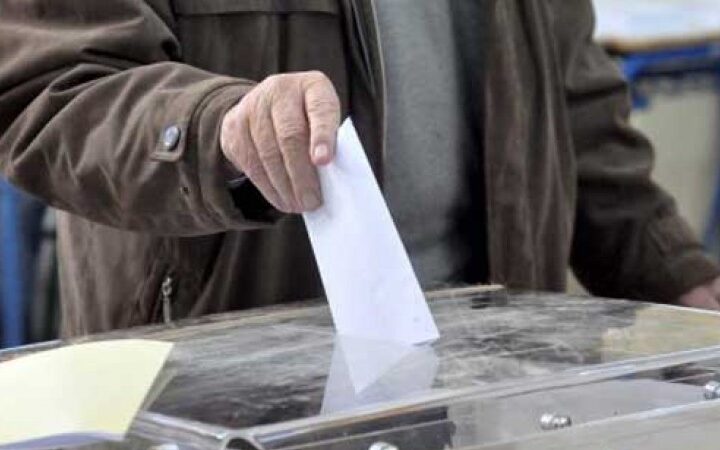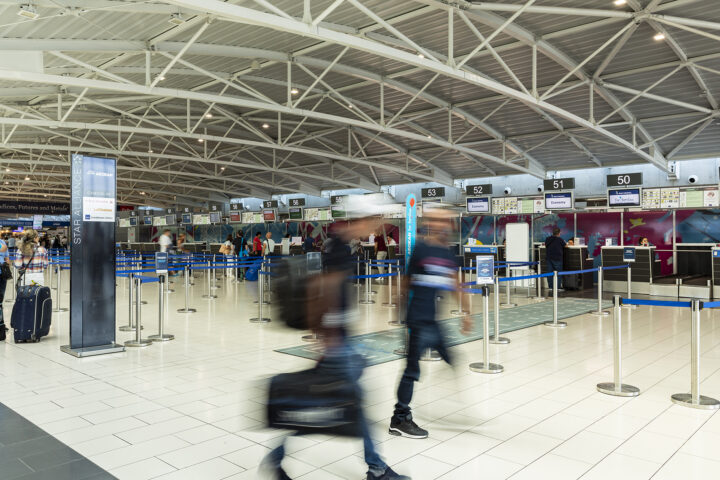‘Goodwill’ demands as high as EUR 850,000
Â
Property prices in the capital’s once-busy high street are climbing again as people flock back to the only pedestrian stretch crowded with shops, restaurants and cafes in anticipation of that part of the dividing Green Line finally coming down after four years of talk about it.
Presidential Commissioner George Iacovou will continue to discuss the matter with his Turkish Cypriot counterpart, Ozdil Nami, after the two community leaders, Demetris Christofias and Mehmet Ali Talat, agreed on Friday to resume reunification talks, stalled after the rejection by the Grek Cypriot side of the U.N.’s plan in 2004.
United Nations peacekeepers already started Monday clearing the area of any potential arms or ammunition left behind since the war in 1974, while European Union-funded programmes aim to start construction work to rescue some of the dilapidated buildings that have remained abandoned for 34 years.
Nicosia Mayor Eleni Mavrou, who has said her team would be ready to open the checkpoint within five days of getting the green light, believes that opening the Ledra Street crossing would be the first true confidence building measure in a long time to get the two sides together.
The mayor’s confidence was also shared by the Nicosia Chamber of Commerce that issued a statement last week urging the two community leaders to start work to open the crossing as soon as possible.
Greek Cypriot shop owners and entrepreneurs were less confident of the benefits but said that this is a necessary step to get the island reunited again, but only after the Turkish Army agrees to withdraw its troops by 50 metres east and west of the crossing. The Greek Cypriot National Guard has already declared it will pull out all its soldiers from the area.
Representatives from the Greek Cypriot and Turkish Cypriot shop-owners’ association met earlier this month and issued a common declaration saying that opening the Ledra Street crossing would help reinvigorate trade within the historic part of the old walled city of Nicosia and boost tourism with both communities benefiting from the rising number of curious tourists.
Shopkeepers had muted feelings about the whole affair, with some even suggesting that the politicians had ‘sold them out’ in a compromise deal to find a political solution. Concerns included the fact that Turkish Cypriots would come out the ultimate winners in the whole affair, while Greek Cypriot shopkeepers could lose some share to cheaper products suppliers in the north.
With few owners actually prepared to sell their properties on Ledra Street, offers for ‘goodwill’, paid to oust the existing tenant, are going ski-high. Some shop-owners are reportedly asking for six-figure sums, as high as EUR 850,000 (CYP 500,000) as was reportedly asked by a multi-storey clothing retailer, while other amounts of goodwill range from EUR 85,000 to 510,000 (CYP 50,000 to 300,000).
In the case of an all-out sale, corner-shops are most in demand, while other main-street values of EUR 2050-2560 (CYP 1200-1500) per square metre seem irrelevant here.
Each case is judged on its own merit and regardless of its distance from Eleftheria Square or the bottom of the street where the concrete military guard post has been replaced with a temporary partition.
Some shops of 100 sq.m. or less are known to be asking for EUR 340,000 (CYP 200,000), regardless of the exact ground area. Other shop-owners are looking at the business of the potential newcomer and judging accordingly with shops of 150 sq.m. asking for an initial starting price of EUR 510,000 (CYP 300,000) and rising. This automatically raises the benchmark value to 3,400 per square metre (CYP 2,000), much higher than the asking price for any other busy commercial street, with the exception of Makarios Ave.
One building on Ledra Street with basement and mezzanine floor as big as the ground floor shop space, was reportedly asking for a sale price of CYP 4 mln (EUR 6.8 mln) last year, when international food-franchise operators came looking.
Properties on ‘feeder’ side roads, such as Regina Street, are also gaining interest with a group of investors reportedly buying the old cinema and hotel block of the same name and looking to develop it or re-sell it for about CYP 3 mln (EUR 5,1 mln) last year.
The British Council, too, realising the potential of a united city with free access from both communities, moved out of its four-level building on Museum Street and rented a refurbished old cheese factory on a corner with Ledra’s parallel Onasagoras street, shedding its library along the way and housing a cultural and meeting centre at its new premises.
“As far as the crossing point is concerned, we have made significant progress,†Iacovou told the Cyprus News Agency after his first meeting with Nami.
Despite the words of caution, preparations are already under way for a quick opening up of Ledra if the two leaders reach a final agreement. An office has been set up next to the guard post on the Greek Cypriot side, and although computers are not yet fully installed they have been moved into the area along with office furniture.
Ever since the first crossings were allowed in 2003, there has been talk of reopening Ledra Street, and for the last three years we have seen a number of promises and false dawns. First the Turks knocked down their wall, then they replaced it with an absurd bridge that would allow Turkish troops to continue patrolling underneath it to the obvious fury of the Greek Cypriot side. Eventually the bridge came down as did the remaining wall on the Greek side.
After the 1989 opening of the Brandenburg Gate, symbol of Berlin’s Cold War division, Nicosia became Europe’s last divided city, and the Ledra Street barricade was the most poignant symbol of the divide.
Christofias was elected last month on a pledge to reunify the island. Talat has said a deal on reunification could be reached by year’s end.







